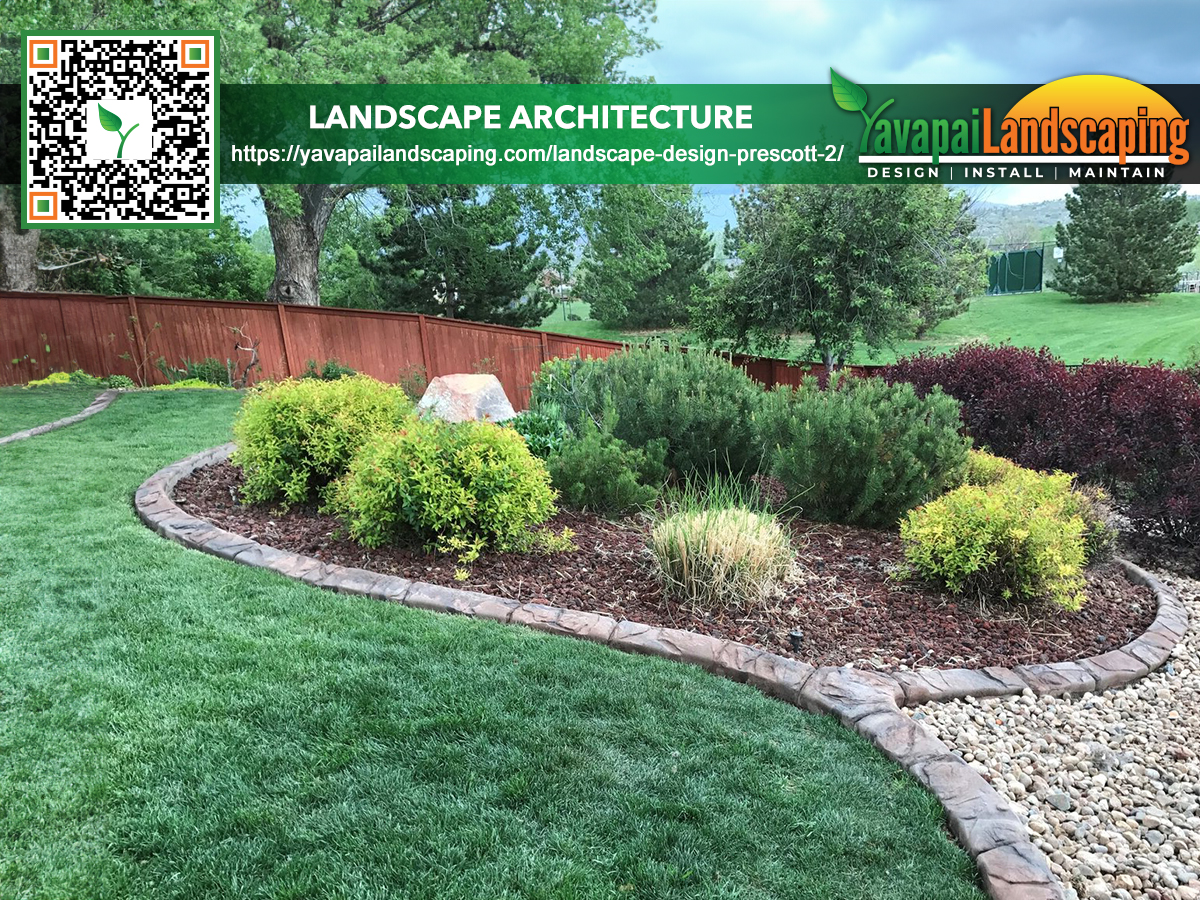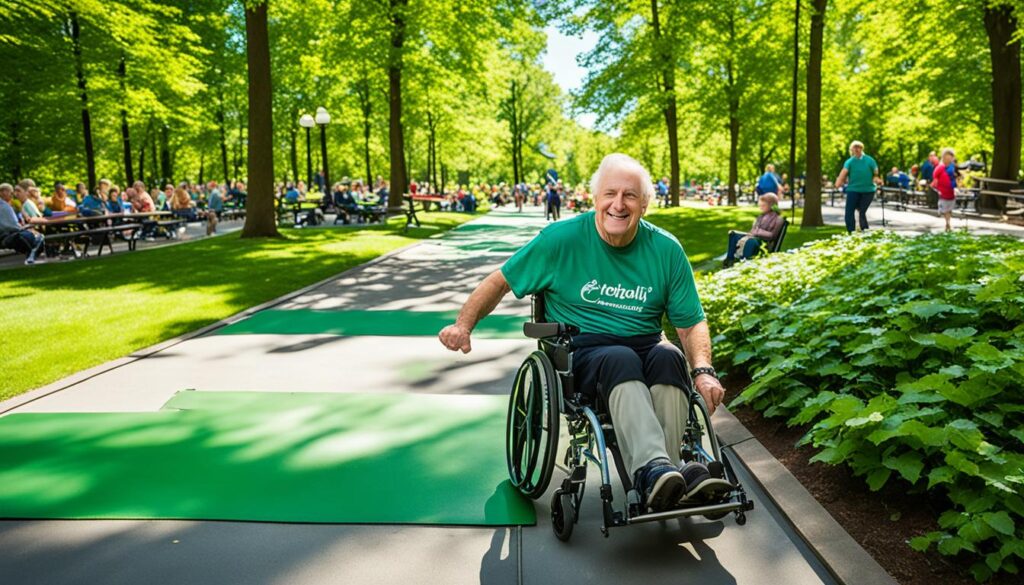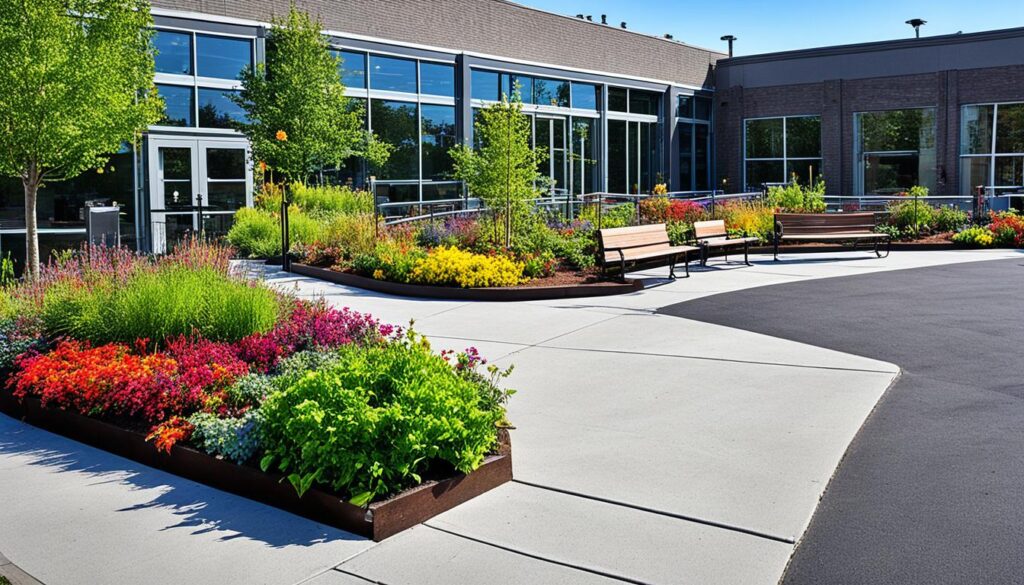
Today, ensuring public spaces are accessible and inclusive is key for landscape architects. They are making public areas welcoming for everyone, no matter their abilities or age. This helps create barrier-free places that meet diverse needs.
Inclusive design in landscape architecture isn’t just about following the Americans with Disabilities Act. It is about making spaces that are easy to use, welcoming, and empowering for all. By using universal design, architects can enhance parks and streets for everyone, including those with different abilities.
Key Takeaways
- Landscape architecture plays a crucial role in shaping accessible and inclusive public spaces.
- Inclusive design goes beyond meeting ADA requirements; it aims to create welcoming environments for all.
- Universal design strategies can help landscape architects enhance the usability and enjoyment of public spaces.
- Incorporating inclusive design principles can make public spaces more accessible, equitable, and empowering for individuals of diverse abilities.
- By prioritizing inclusive design, landscape architects can positively impact the overall quality of life and social inclusion within communities.

Principles of Inclusive Design in Landscape Architecture
Landscape architects play a big part in making public places welcoming for everyone. They use universal design principles to ensure these places meet the varied needs of different people. Through this, they turn public areas into spaces where all community members feel invited and can join in.
Universal Design for All
Universal design means making spaces that anyone can use without changes. It welcomes people of all abilities, including those with disabilities. By following universal design, parks, and plazas become places everyone can enjoy, regardless of age or skill.
Accessibility Beyond Physical Barriers
Inclusive design goes further than just physical access. It also thinks about making places easy to use for people with sensory or cognitive challenges. Things like tactile paths and calming gardens are for those with sight or hearing issues. Spaces designed for easy navigation and understanding help people with learning or thinking differences.
Landscape architects create open areas that are lively and open to all, thanks to inclusive design. They mix universal design, sensory features, and thinking-friendly spaces. This way, they meet ADA compliance and embrace inclusive design. Everyone then gets to enjoy outdoor spaces fully. Let this article be your guide to deeper insights.
| Inclusive Design Principle | Description | Examples in Landscape Architecture |
|---|---|---|
| Universal Design | Designing public spaces that are usable by all people, to the greatest extent possible, without the need for adaptation or specialized design. | Wide, level pathways Gentle slopes and ramps Accessible seating and picnic areas |
| Sensory-Inclusive Design | Incorporating features that cater to individuals with visual, hearing, or neurological impairments. | Tactile paving and handrails Auditory wayfinding cues Sensory gardens with diverse textures and scents |
| Cognitive Accessibility | Creating intuitive and easy-to-navigate public spaces that support individuals with developmental or intellectual disabilities. | Clear signage and wayfinding Calming, low-stimulation environments Inclusive programming and educational elements |
“Inclusive design is not just about accommodating disabilities; it’s about designing for the widest possible range of human experience.”

Inclusive Design: Enhancing Public Spaces for Everyone
Creating public spaces that welcome everyone is important. From parks that are easy to access to streets that include everyone, landscape architects do a lot. They make sure cities are friendly for people of all abilities.
Important parts of making places inclusive include clear signs and maps. These help people find their way, especially if they have trouble seeing or moving. Tactile maps and loud signs guide people with different needs safely and confidently.
Adding things like different textures, water, and smells can make places better for everyone. This helps those with special needs and makes the space fun. It creates an exciting place for anyone to enjoy.
It’s also key to have smooth ways for people to move around. This means no steps but gentle slopes and ramps instead. This way, those in wheelchairs or with walking aids can easily join in.
Getting the community involved is a big part of making public spaces great for all. Landscape architects listen to what people need and like. This teamwork helps designs that truly meet everyone’s needs. It makes people feel the place is their own, welcoming all to enjoy it together.
With smart design and working together, we can turn public spots into places everyone loves. By focusing on inclusivity, we make our cities more lively and open. These changes bring joy to every person who visits.
Conclusion
Inclusive design principles in landscape architecture are changing how we see public spaces. They make places that everyone can use, enjoy, and benefit from. By focusing on design that everyone can use, architects are making life better for many.
These designs bring people together, boost healthy activities, and strengthen communities. They are friendly to those with disabilities. Also, they make people of all ages and types feel good when they visit.
Looking ahead, inclusive landscape architecture is more important than ever. Applying these ideals means creating accessible public spaces. This will help make inclusive communities that welcome and benefit everyone. This new way of designing can change how we all enjoy and share outdoor areas.
Yavapai Landscaping Prescott offers free quotes for landscaping and tree services in Prescott and its surrounding areas. This includes tree removal, trimming, stump grinding, land clearing, storm cleaning, and emergency tree service.
